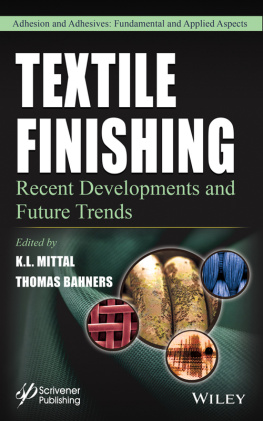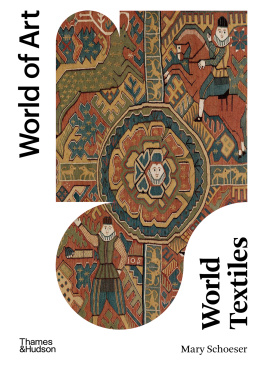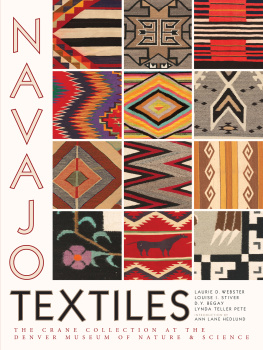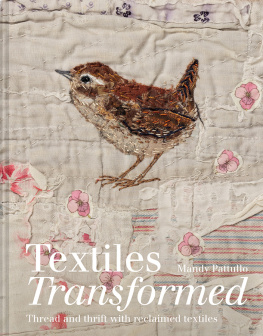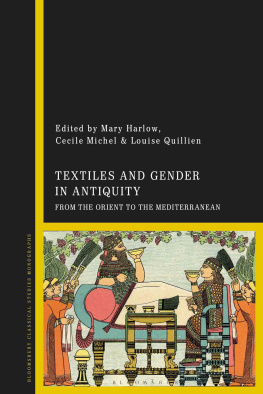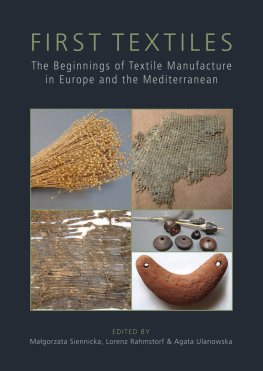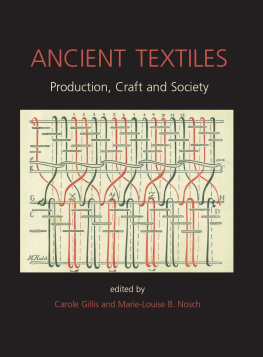K. L. Mittal - Textile Finishing: Recent Developments and Future Trends
Here you can read online K. L. Mittal - Textile Finishing: Recent Developments and Future Trends full text of the book (entire story) in english for free. Download pdf and epub, get meaning, cover and reviews about this ebook. year: 2017, publisher: John Wiley & Sons;Wiley Scrivener, genre: Romance novel. Description of the work, (preface) as well as reviews are available. Best literature library LitArk.com created for fans of good reading and offers a wide selection of genres:
Romance novel
Science fiction
Adventure
Detective
Science
History
Home and family
Prose
Art
Politics
Computer
Non-fiction
Religion
Business
Children
Humor
Choose a favorite category and find really read worthwhile books. Enjoy immersion in the world of imagination, feel the emotions of the characters or learn something new for yourself, make an fascinating discovery.
- Book:Textile Finishing: Recent Developments and Future Trends
- Author:
- Publisher:John Wiley & Sons;Wiley Scrivener
- Genre:
- Year:2017
- Rating:4 / 5
- Favourites:Add to favourites
- Your mark:
Textile Finishing: Recent Developments and Future Trends: summary, description and annotation
We offer to read an annotation, description, summary or preface (depends on what the author of the book "Textile Finishing: Recent Developments and Future Trends" wrote himself). If you haven't found the necessary information about the book — write in the comments, we will try to find it.
Textiles have been historically and traditionally used to make clothes, but even in ancient times there were technical textiles for making sails, tents, etc. Today, technical textiles are used in various industries for a host of purposes and applications. Recently, there have been exciting developments on various fronts in the textile field to impart novel and innovative functionalities to textiles, e.g., easy-to-clean or dirt-repellent, flame retardancy, anti-bacterial, and fog-harvesting properties, to name a few. Also, textiles for electronics based on graphene, CNTs and other nanomaterials, conductive textiles, textiles for sensor function, textile-fixed catalysts, textiles for batteries and energy storage, textiles as substrates for tissue engineering, and textiles for O/W separation have appeared in the literature. All this has been possible through adopting novel ways for finishing textiles, e.g., by appropriate surface modification techniques, and utilizing biomimetic concepts borrowed from nature.
This unique book entitled Textile Finishing: Recent Developments and Future Trends is divided into four parts: Part 1: Recent Developments/Current Challenges in Textile Finishing; Part 2: Surface Modification Techniques for Textiles; Part 3: Innovative Functionalities of Textiles; Part 4: Fiber-Reinforced Composites.
The topics covered include: Antimicrobial textile finishes; flame retardant textile finishing; self-cleaning or easy-to-clean textiles; metallization of textiles; atmospheric pressure plasma, and uv-based photochemical surface modification of textiles; tunable wettability of textiles; 3D textile structures for fog harvesting; textile-fixed catalysts; medical textiles as substrates for tissue engineering; and fiber-reinforced green or greener biocomposites and the relevance of fiber/matrix adhesion.
K. L. Mittal: author's other books
Who wrote Textile Finishing: Recent Developments and Future Trends? Find out the surname, the name of the author of the book and a list of all author's works by series.

